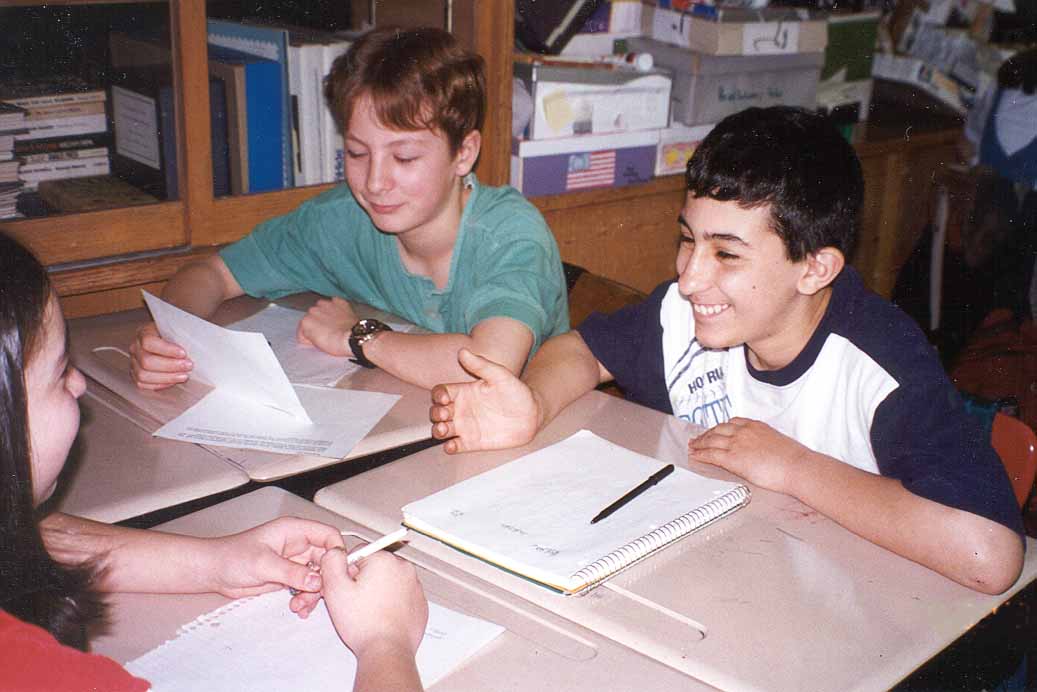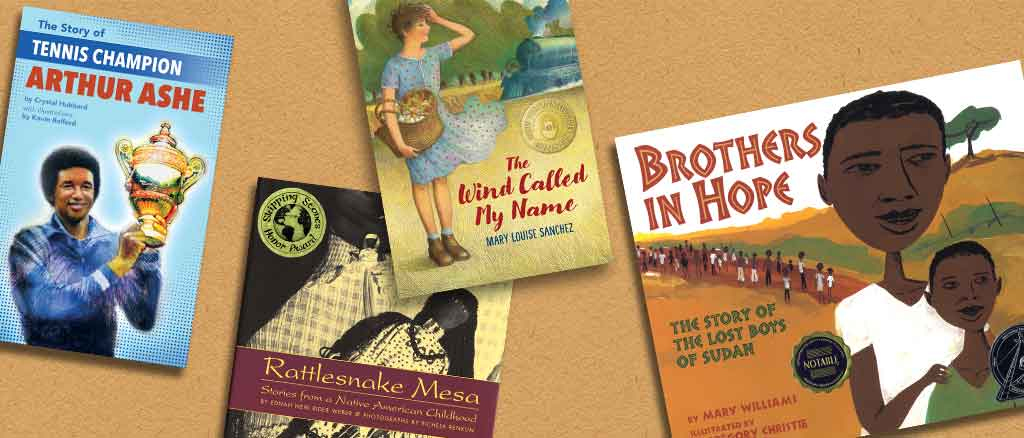Helping Students Define Primary Source Documents
The primary source document has recently received more and more attention in national and state standards for all education levels. And for the gifted student, the primary source document can stimulate and challenge a population of students who are sometimes bored by textbooks that regurgitate important sources in pedantic and watered-down language. Still, incorporating the primary source document into the curriculum can prove to be challenging for teachers charged with this task. For, you might ask, what “exactly” is a primary...
Read More













